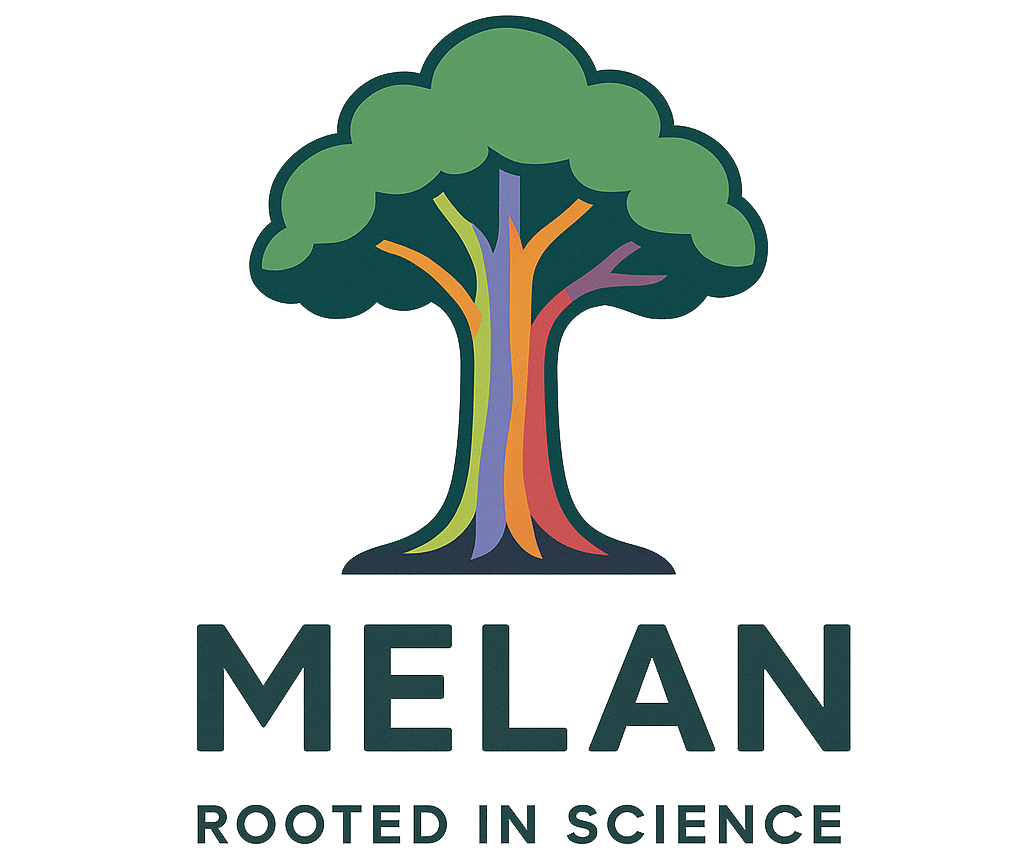Target Audience
This schema guide is for website owners, small business owners, marketers, and content creators who want to understand what schema markup is and whether it can help their search visibility with no technical background required.
When you search for a restaurant, you might see star ratings, hours of operation, and phone numbers directly in the search results. When you look up a mushroom ramen recipe, you might see cooking time, ingredients, and calorie counts right on the search page. This enhanced information doesn’t appear by magic, it’s powered by something called schema markup.
The Simple Definition
Schema markup tells search engines exactly what your content means so they can display it more prominently and informatively in search results. Think of it as adding labels to everything on your website. Instead of search engines guessing what a piece of text represents, you’re explicitly telling them “this is a business name,” “this is a phone number,” or “this is a customer review rating.”

How Schema Markup Actually Works
Schema markup adds structured data to your website’s code, helping search engines understand your content better. This improves how your pages appear in search results, often displaying rich snippets like star ratings, event dates, or FAQs making your listings more informative, visible, and clickable.
Step 1: You Add the Code
You add structured data code (JSON-LD, Microdata, or RDFa) to your HTML that labels content with specific schema.org vocabulary. For example, you might mark up “Anilocus” as a business name, “(555) 123-4567” as a phone number, and “4.5 stars” as a review rating.
Step 2: Search Engines Discover Your Markup
Search engine crawlers visit your page and parse both the visible content that users see and the structured data markup that’s hidden in the code.
Step 3: The Data Gets Processed
The crawler extracts the structured data and validates it against schema.org specifications to understand the relationships between different data points. It learns that Reflex Builders is a business and home renovation firm, located in the Washington DC Area, with particular operating hours.
Step 4: Information Gets Stored
The search engine stores this structured information in its index, now understanding not just the text content but the meaning and context of each element on your page.
Step 5: Enhanced Results Are Created
When someone searches for “pizza near me,” the search engine can use this structured understanding to create enhanced search result displays (rich snippets, knowledge panels, etc.) by pulling specific data points from your markup.
Step 6: Users See Better Results
The enhanced result is displayed to searchers with additional visual elements like star ratings, contact info, hours, or other relevant details pulled directly from your schema markup.
What Happens Without It?
Most websites don’t have schema markup, so what happens then? When schema markup is absent, here’s the (ideal) process:
- Search engine crawlers still visit your page and extract the visible text content
- The crawler uses natural language processing to try to guess what different pieces of content mean (is this text a business name? a phone number? a price?)
- The search engine makes its best assumptions about content meaning based on context, page structure, and surrounding text
- Your content gets indexed but without the explicit labeling that schema provides
- In search results, you get basic blue link listings with just the page title, URL, and meta description no enhanced features like star ratings, contact info, hours, or other rich elements
- You miss opportunities for rich snippets, knowledge panels, and other prominent search result features that make listings stand out
Essentially, without schema markup, search engines have to guess what your content means instead of you telling them explicitly, which usually results in plain, less prominent search listings.
You Don’t Need Schema Markup, But It Helps
Before you panic about not having schema markup, it’s important to understand that search engines have become incredibly sophisticated at understanding content even without explicit markup. Search engines understand content without schema by looking at and trying to decipher the following:
- Natural Language Processing – They can identify names, addresses, phone numbers, dates, prices, and more from context and patterns in your text
- Machine Learning – Years of training on billions of web pages helps them recognize content types and relationships automatically
- Page Structure Analysis – HTML tags, CSS classes, and page layout provide clues about what different sections of content represent
- Cross-referencing – They verify information against other sources and databases to confirm accuracy
Why Schema Doesn’t Exist for Everything
Schema markup exists for specific, commonly-searched content types where search engines want to provide enhanced results for things like businesses, products, events, recipes, movies, and books. But plenty of content doesn’t have schema types, and that’s perfectly normal.
For example, there’s no schema markup for “6-OHDA Lesioning Protocol for Parkinson’s Disease” scientific protocols that are “How To” or “Step By Step” but not exactly the right fit. Search engines understand these articles perfectly well for regular search results. Schema markup only gets created when there’s demonstrated value in having structured, enhanced search displays for that type of content.
The absence of schema markup doesn’t mean poor search engine understanding; it often just means there’s no compelling need for special search result formatting for that particular content type.
Should You Care About This?
Schema markup can be valuable if:
- You run a local business that benefits from enhanced local search results
- You sell products online and want rich product information to appear in search
- You publish recipes, events, or other content types that commonly show enhanced results
- You’re in a competitive market where standing out in search results matters
However, schema markup isn’t magic. It doesn’t guarantee enhanced search results, and it won’t fix fundamental SEO problems. Think of it as an optimization layer that can help when implemented correctly, but it’s not essential for basic search visibility.
Final Thoughts
Schema markup is a way to communicate more clearly with search engines about what your content represents. When implemented properly, it can lead to more prominent, informative search results that may attract more clicks. When absent, search engines are still quite capable of understanding and ranking your content; you just might miss out on some enhanced display opportunities.
For most website owners, focusing on high-quality, helpful content remains more important than implementing schema markup. But for businesses and content creators looking to maximize their search visibility, schema markup represents a worthwhile technical enhancement to consider.






